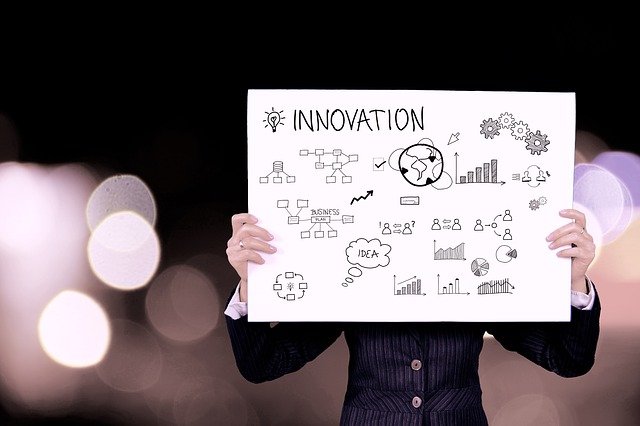PRESENTATION SUMMARY
Slide 1
The first slide introduces the topic of the project. The concerned topic is the role of enterprise systems in achieving the strategic business objectives of any organization.
Slide 2
The second slide is the introduction page of the presentation. This slide speaks about the project in brief. The main concept in the introduction page is that ERP and CRM software can be used to reduce the chances of error that may occur due to manual handling of complex business procedures.
Slide 3
The third slide mainly highlights the business activities that enterprise systems and software can handle comprehensively. The end values of using ERP and CRM software are also indicated in this slide. The basic outcome of using the softwares is development of performance, work culture, customer satisfaction and so on.
Slide 4
This slide discusses the utility of packaged application software. Packaged application software is able to combine the services of various modules of enterprise systems. The companies which require data integration are most suitable to be served by packaged application software.
Slide 5

The diversity of data is the main hurdle that causes problem in a business. Various vendor implementations are responsible for the diversity of data. The software systems are enabled to sync with the various data sources in order to integrate the data. This is the concerned topic of this slide
Slide 6
This slide sheds light on the two parts of enterprise systems, namely the functional requirement and the non functional requirement. The role of the two parts are also briefly discussed in the slide
Slide 7
This slide is based upon enterprise resource planning. This is basically an information system that is created for IT based business applications. The key role of this system is the integration of information from various foreign sources.
Slide 8
This slide speaks about the usefulness of CRM software in managing and establishing relationship of functionaries in a business with potential customer bases.
Slide 9
This slide discusses how supply chain management is possible using enterprise software. The entire span of production including selection and acquiring of raw materials to production and distribution can be monitored using the enterprise software.
Slide 10
This slide assesses the key role of ERP software in business software. The ERP software is a process management tool that is required mainly for the automation of the business tasks.
Slide 11
This slide speaks that the benefits of ERP software in a business domain are aplenty. As such it depends upon the core business group- to use the enterprise systems according to their business requirements.
Slide 12
This slide discusses the 3 primary significance of enterprise resource planning. They are optimized use of the resources, business risks management and team building.
Slide 13
This slide discusses the importance of economic risk management along with maintaining data flow in a business. The enterprise systems help the managers to be accustomed to demo business scenario which may facilitate future operations.
Slide 14
This slide discusses the impact of enterprise systems on organizational transformation of a company. A centralized control is exercised in order to achieve that.
Slide 15
This slide discusses the effectiveness of the SAP software. This software is in vogue nowadays.
Slide 16
This slide discusses the effectiveness of the Transcom software in providing customer care and technical support.
Slide 17
This slide discusses the two primary facilities of using mobile enterprise applications namely consulting and delivering. The software is known as MEAP software.
Slide 18
This slide speaks about the three challenges of implication of ERP or CRM software.
Slide 19
This slide highlights the additional challenges of the implementation procedures.
Slide 20
This slide consists of the reference list for this whole project.
Bernus, P., Mertins, K., & Schmidt, G. (Eds.). (2013). Handbook on architectures of information systems. Springer Science & Business Media.
Bi, Z., Da Xu, L., & Wang, C. (2014). Internet of things for enterprise systems of modern manufacturing. IEEE Transactions on industrial informatics, 10(2), 1537-1546.
Ceccagnoli, M., Forman, C., Huang, P., & Wu, D. J. (2012). Cocreation of Value in a Platform Ecosystem! The Case of Enterprise Software. MIS quarterly, 263-290.
Duan, L., & Da Xu, L. (2012). Business intelligence for enterprise systems: a survey. IEEE Transactions on Industrial Informatics, 8(3), 679-687.
Giachetti, R. E. (2016). Design of enterprise systems: Theory, architecture, and methods. CRC Press.
Lee, Y. C., Tang, N. H., & Sugumaran, V. (2014). Open source CRM software selection using the analytic hierarchy process. Information systems management, 31(1), 2-20.
Monk, E., & Wagner, B. (2012). Concepts in enterprise resource planning. Cengage Learning.
Motiwalla, L. F., & Thompson, J. (2012). Enterprise systems for management (p. 245). Boston, MA: Pearson.
Raihana, G. F. H. (2012). Cloud ERP–a solution model. International Journal of Computer Science and Information Technology & Security, 2(1), 76-79.
Schniederjans, M. J., Cao, Q., & Ching Gu, V. (2012). An operations management perspective on adopting customer-relations management (CRM) software. International Journal of Production Research, 50(14), 3974-3987.
Vavrík, V., Gregor, M., & Grznár, P. (2017). Computer simulation as a tool for the optimization of logistics using automated guided vehicles. Procedia engineering, 192, 923-928.


